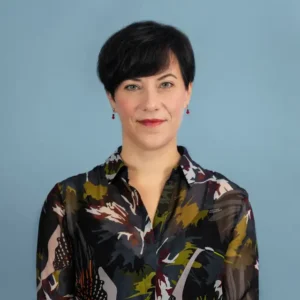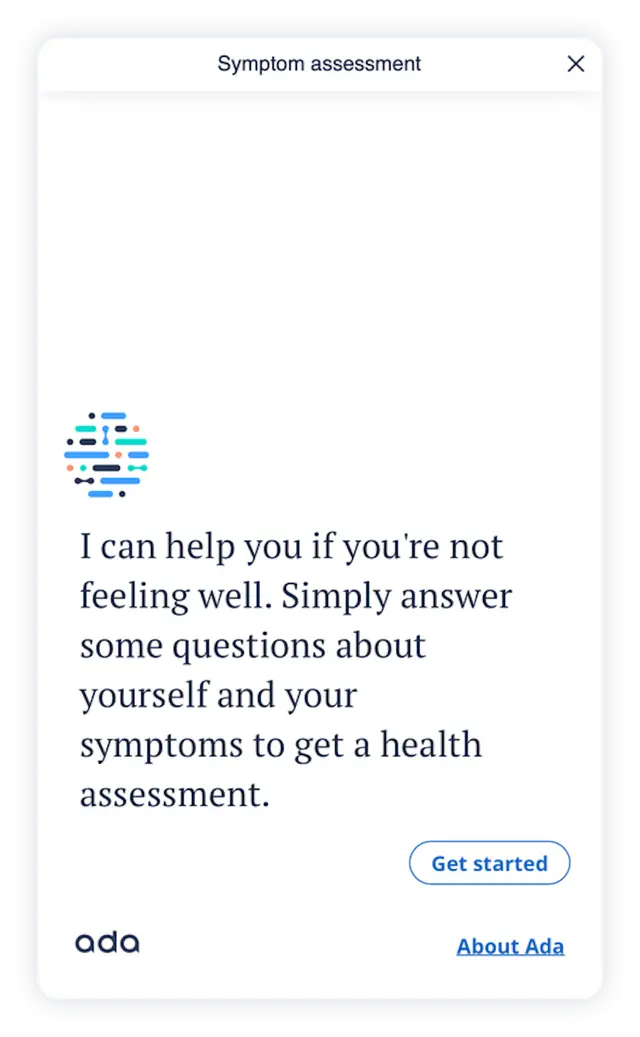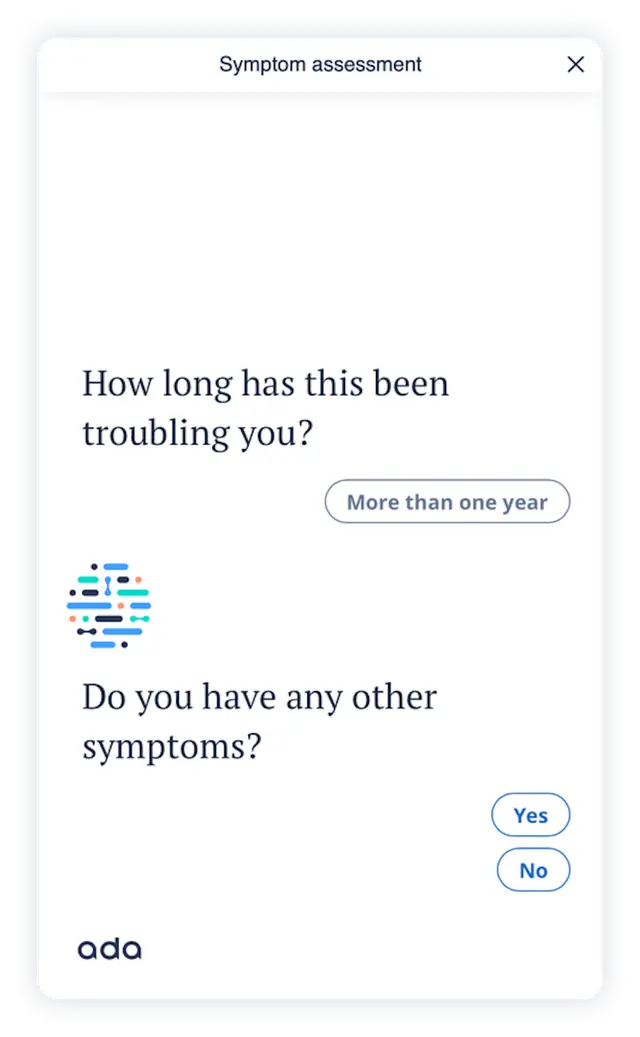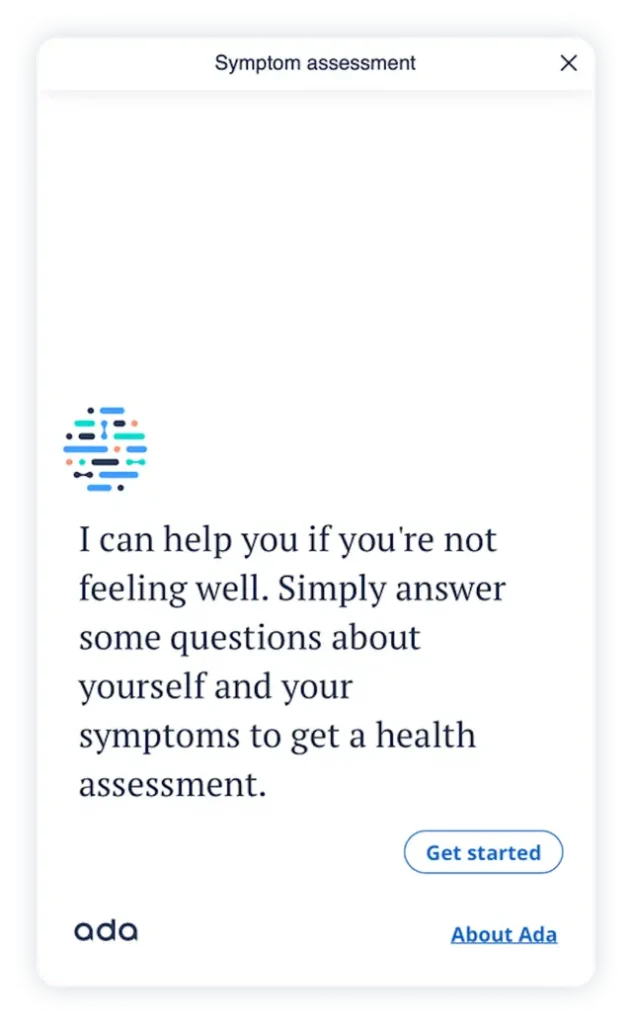
The average person living with a rare disease endures a 5-year diagnostic odyssey. That often means unnecessary care visits, delayed treatments, and poor outcomes.
Many people living with a rare disease will never get an accurate diagnosis in their lifetime.
We’re working to shorten the time to diagnosis and improve outcomes for people living with rare diseases.
There are over 7,000 known rare diseases. Most have a genetic basis and many share symptoms with more common disorders. This makes it almost impossible for any human to detect all rare diseases without help.
Specialist referral is often delayed because GPs don’t suspect a rare disease. In many parts of the world, lack of access means people may never receive the rare disease diagnosis they desperately need for adequate care.
Rare but widespread: Any disease that affects fewer than 5 in 10,000 people is considered rare in Europe. But with 300 million people worldwide living with a rare disease, rare is widespread.
At Ada, we envision a world where every person with a rare disease has timely access to the healthcare they need.
Our AI and commitment to modeling rare diseases can turn everyday devices in homes and clinics across the world into powerful tools for improving disease recognition, time to diagnosis, and access to care.
“By using AI to raise the suspicion of a rare disease early, we could speed up referral to specialist clinics for diagnosis. That could mean simplified rare disease journeys and a reduced burden on people living with a rare disease, doctors, and health systems.”

Chief Client Officer




We’ve modeled hundreds of rare diseases, from Amyloid neuropathy to Zollinger-Ellison syndrome.
We work in rare diseases with
















We use cookies on our website in order to help provide you with a user-friendly, secure, and effective website. We also use third-party cookies and other tools for analytical and marketing purposes in certain areas, for example to assess the effectiveness of our marketing measures. For this, certain events of your use of the website will be shared with the respective providers. You may visit the Cookie Settings in the footer of this website at any time to withdraw your consent and manage your rights concerning the selling or sharing of your data. Read our Privacy Policy to learn more.
Necessary cookies are essential to provide you with our Services. It enables basic functions like page navigation and access to secure areas of the Services. You cannot opt-out of this.
Statistic and performance cookies help website owners to understand how visitors interact with websites by collecting and reporting usage information. We recommend opting-in.
Marketing cookies and tools are used to track visitors across websites. The intention is to target advertising and measure the effectiveness of our campaigns. For this, selected events of your use of this website will be shared with the providers of these cookies or tools. For users from the US, we currently use pixels by Meta Platforms Inc., Google LLC and Microsoft Corp. For all other users, we only use the pixel by Meta Platforms Ireland Ltd. Please consider opting-in.
To exercise your right to opt-out of selling or sharing your personal information you need to deselect both "Statistic and performance" and "Marketing" cookies. Read our Privacy Policy to learn more.